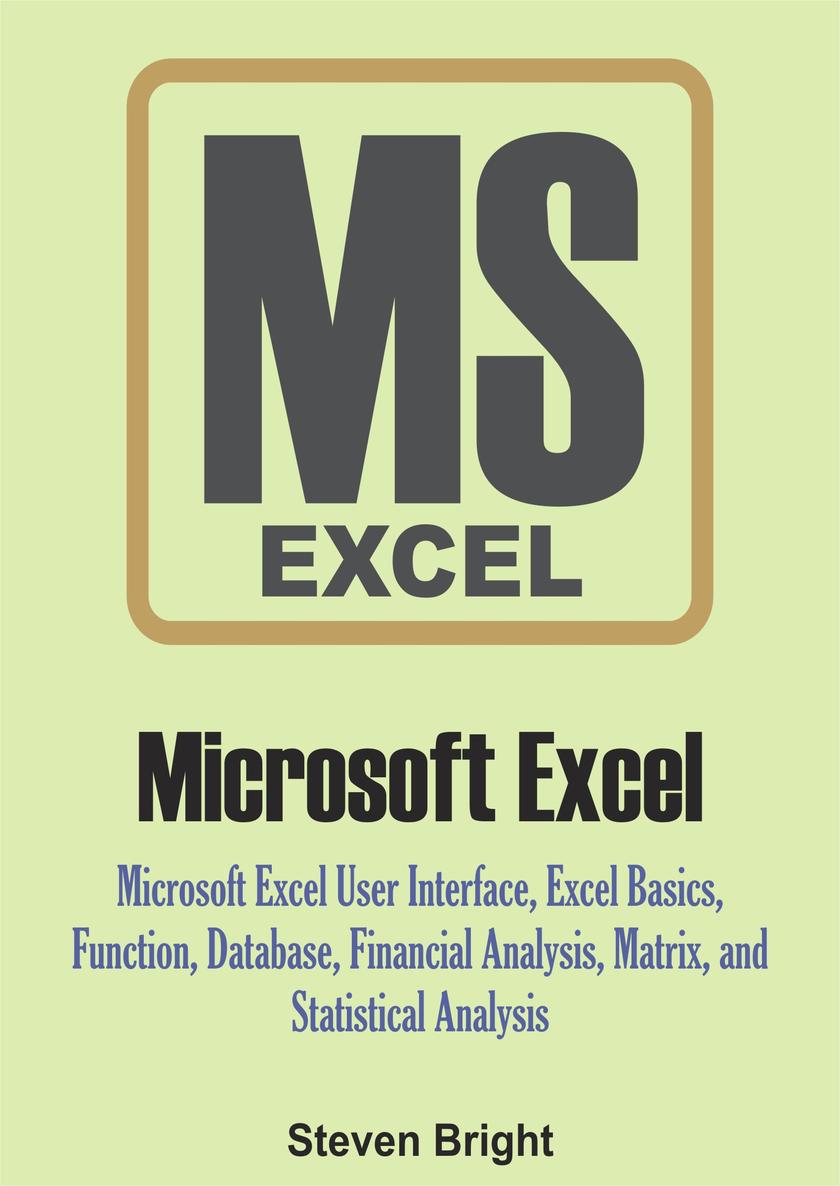
Microsoft Excel
¥28.61
Microsoft Excel
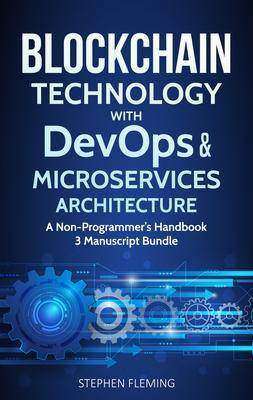
Blockchain Technology with DevOps and Microservices Architecture: A Non-Programm
¥27.82
Blockchain Technology with DevOps and Microservices Architecture: A Non-Programmer's Handbook
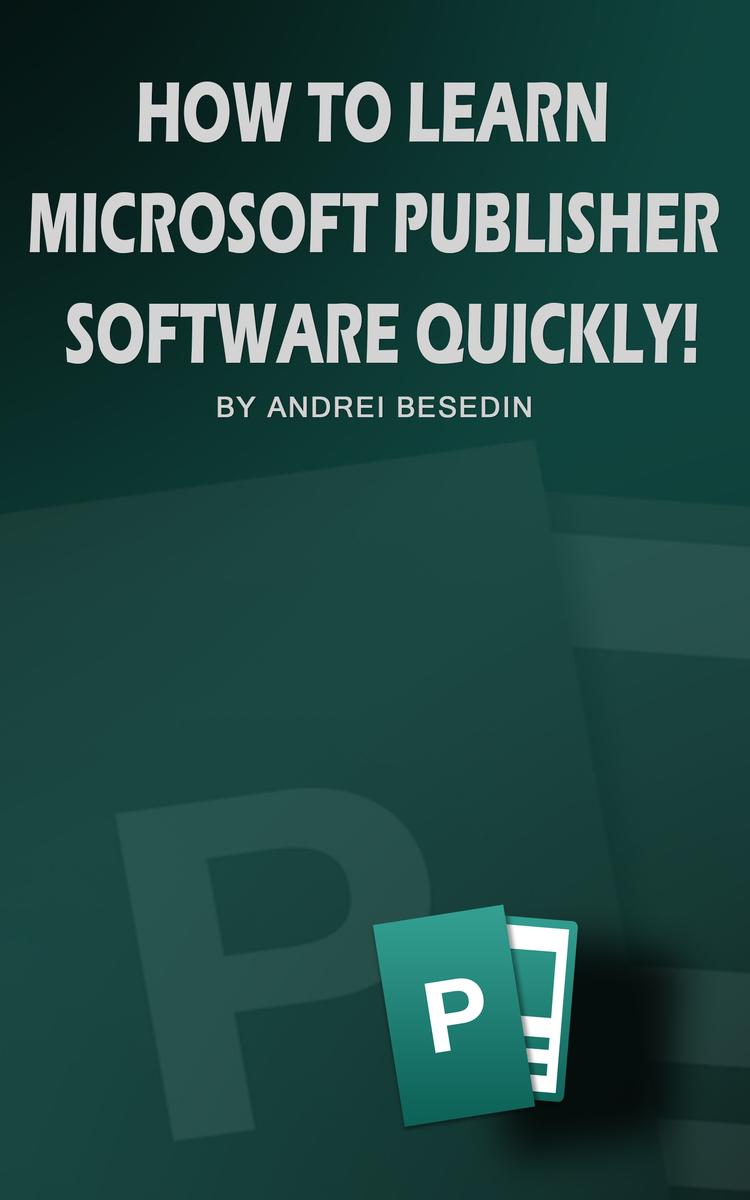
How to Learn Microsoft Publisher Software Quickly
¥24.44
How to Learn Microsoft Publisher Software Quickly

Binary Search Trees in Computer Programming
¥163.50
Binary Search Trees in Computer Programming
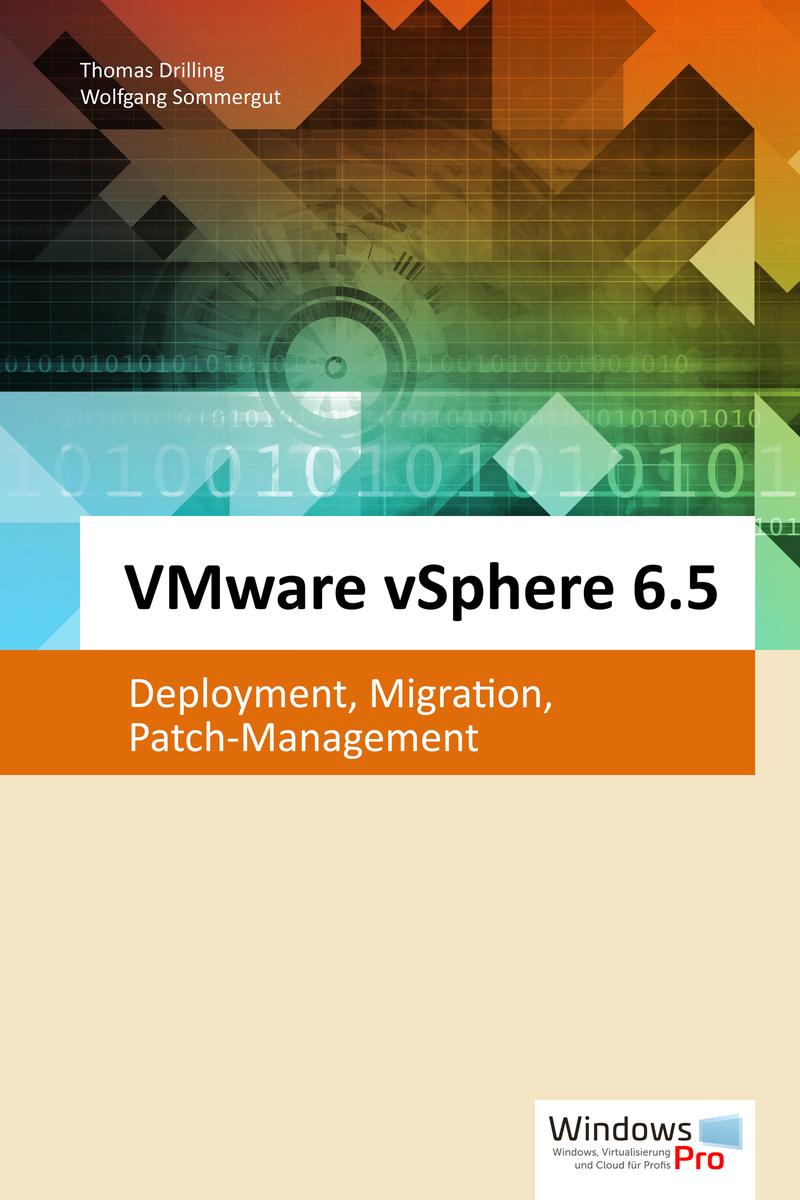
VMware vSphere 6.5: Deployment, Migration, Patch-Management
¥84.53
VMware vSphere 6.5: Deployment, Migration, Patch-Management

FB Pixel Secrets
¥23.30
FB Pixel Secrets
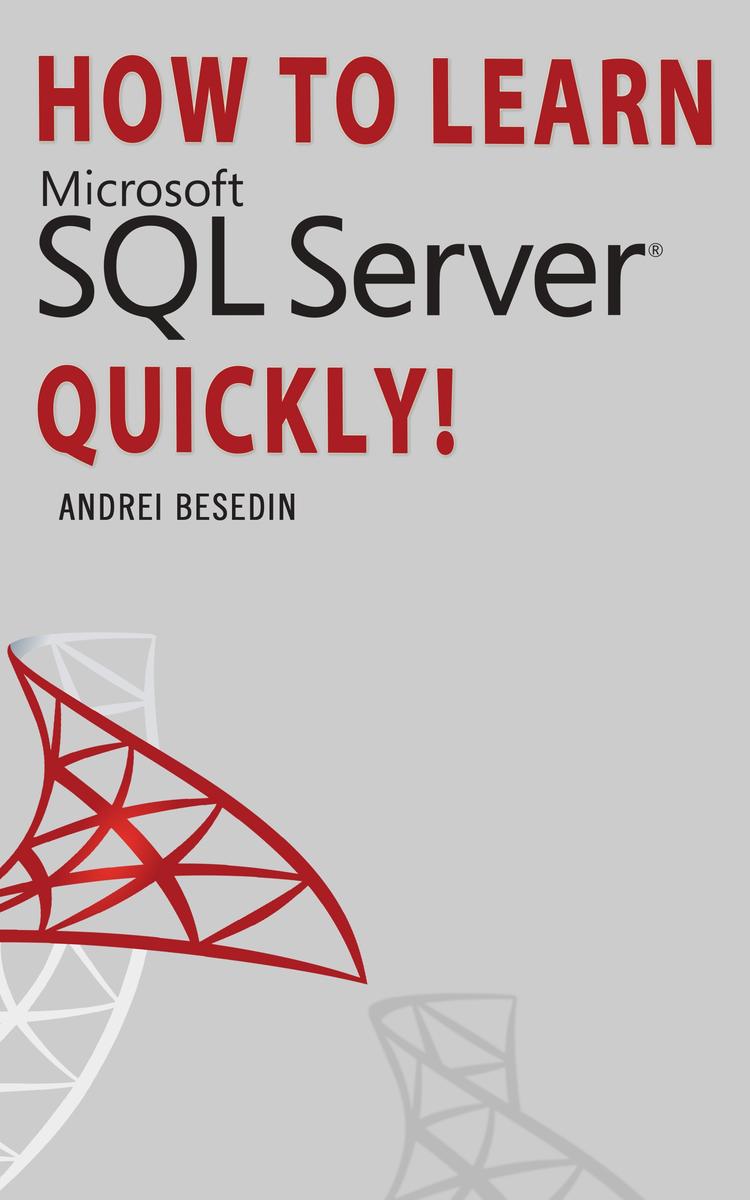
How To Learn Microsoft SQL Server Quickly!
¥24.44
How To Learn Microsoft SQL Server Quickly!
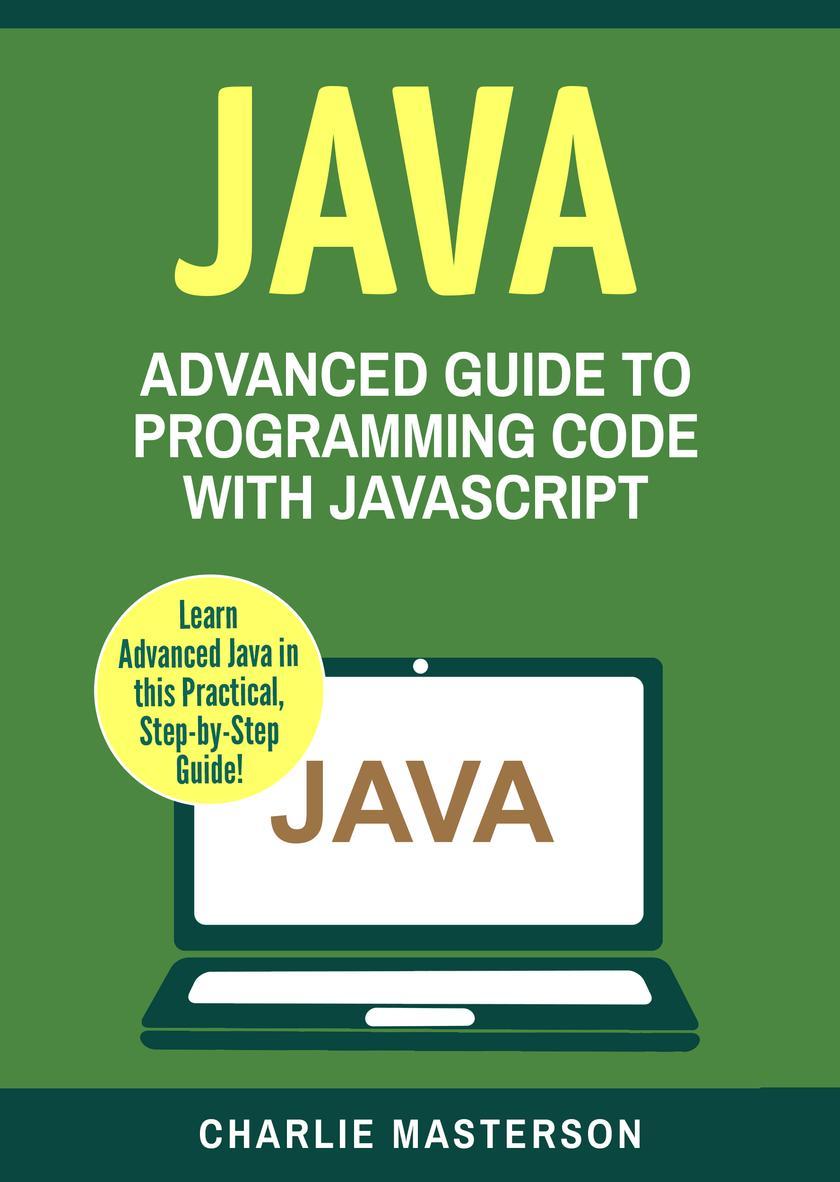
Java: Advanced Guide to Programming Code with Java
¥24.44
Java: Advanced Guide to Programming Code with Java

JavaScript: Beginner's Guide to Programming Code with JavaScript
¥24.44
JavaScript: Beginner's Guide to Programming Code with JavaScript
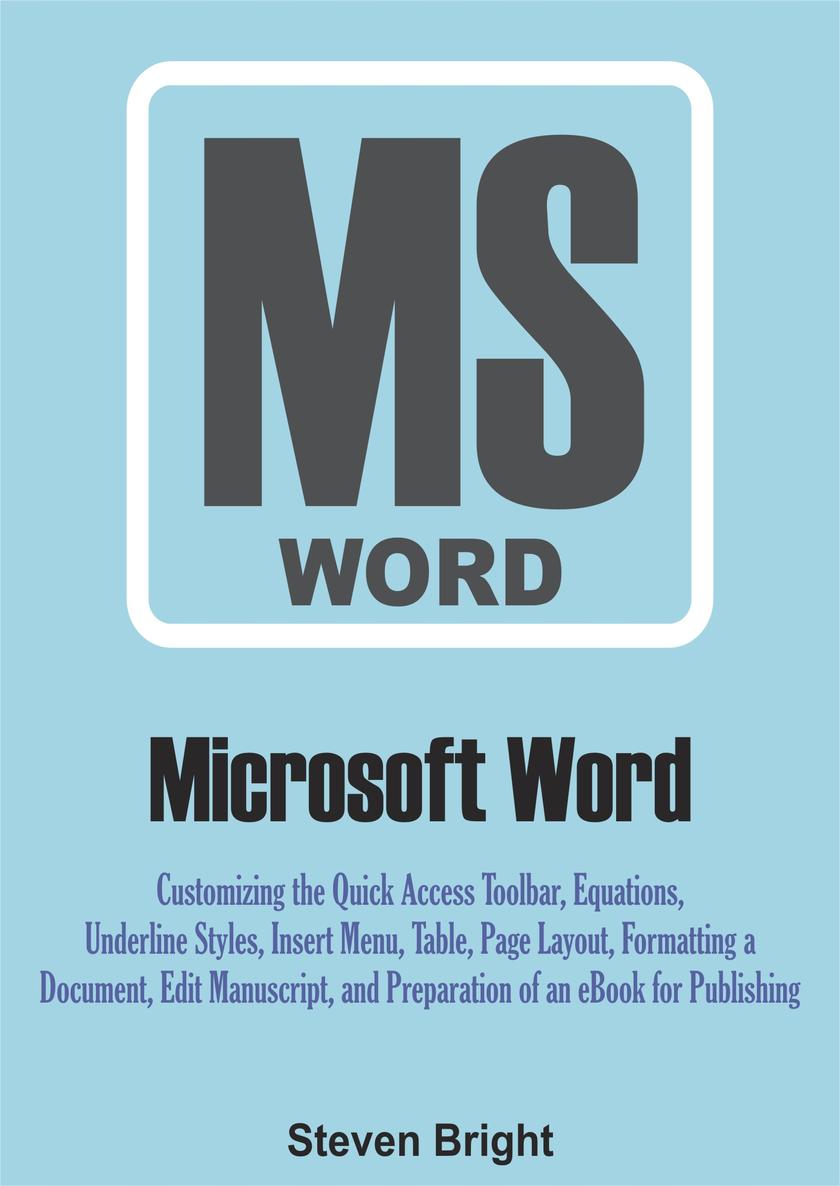
Microsoft Word
¥20.44
Microsoft Word
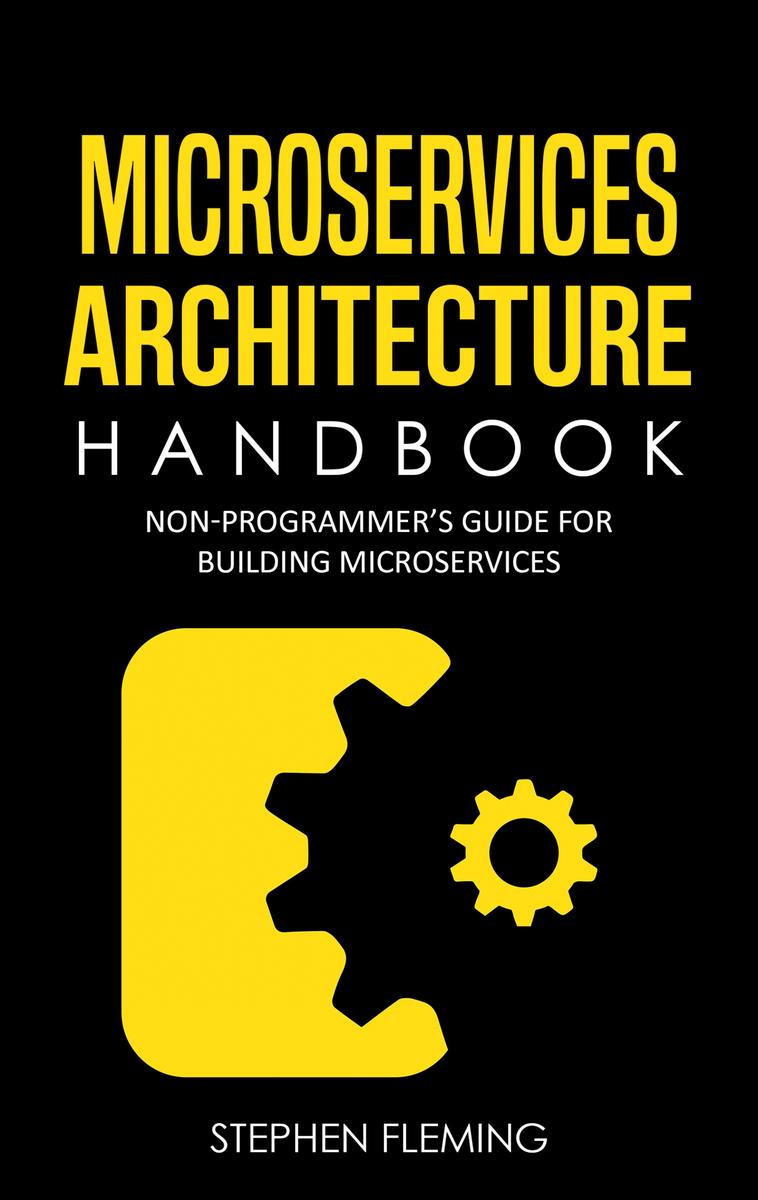
Microservices Architecture Handbook: Non-Programmer's Guide for Building Microse
¥24.93
Microservices Architecture Handbook: Non-Programmer's Guide for Building Microservices
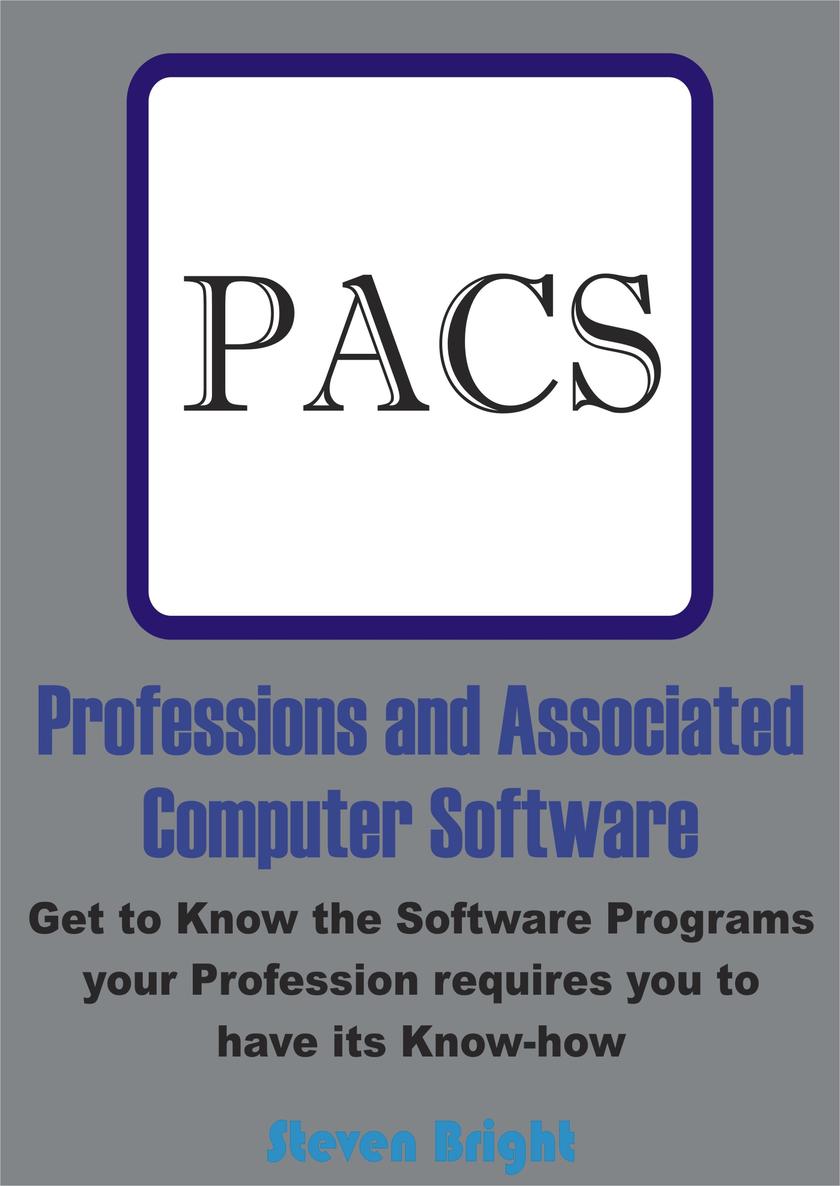
Professions and Associated Computer Software
¥13.90
Professions and Associated Computer Software
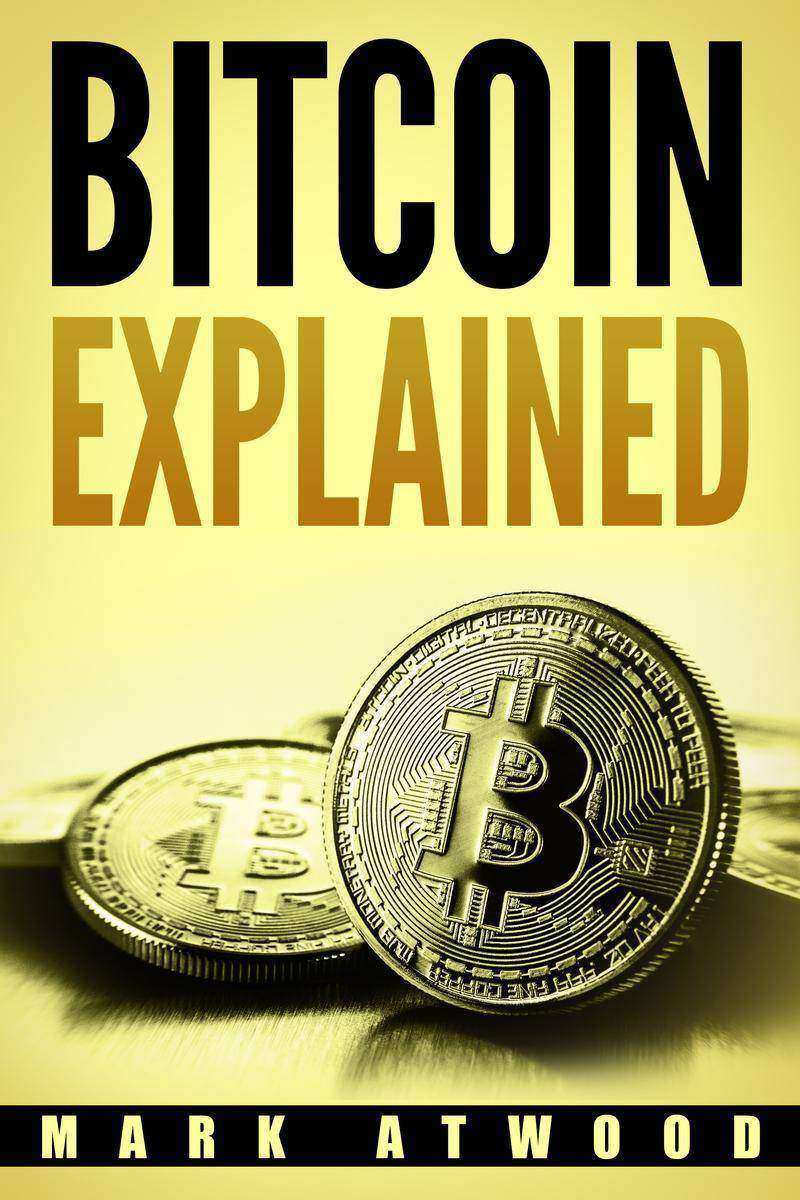
Bitcoin Explained: Become a Bitcoin Millionaire in 2018
¥24.44
Bitcoin Explained: Become a Bitcoin Millionaire in 2018

The Unofficial Guide To iOS 10
¥24.44
The Unofficial Guide To iOS 10

Snapchat Guide For Beginners: How to Marketing & Make Money on Snapchat
¥24.44
Snapchat Guide For Beginners: How to Marketing & Make Money on Snapchat

150 Most Poweful Excel Shortcuts: Secrets of Saving Time with MS Excel
¥24.44
150 Most Poweful Excel Shortcuts: Secrets of Saving Time with MS Excel
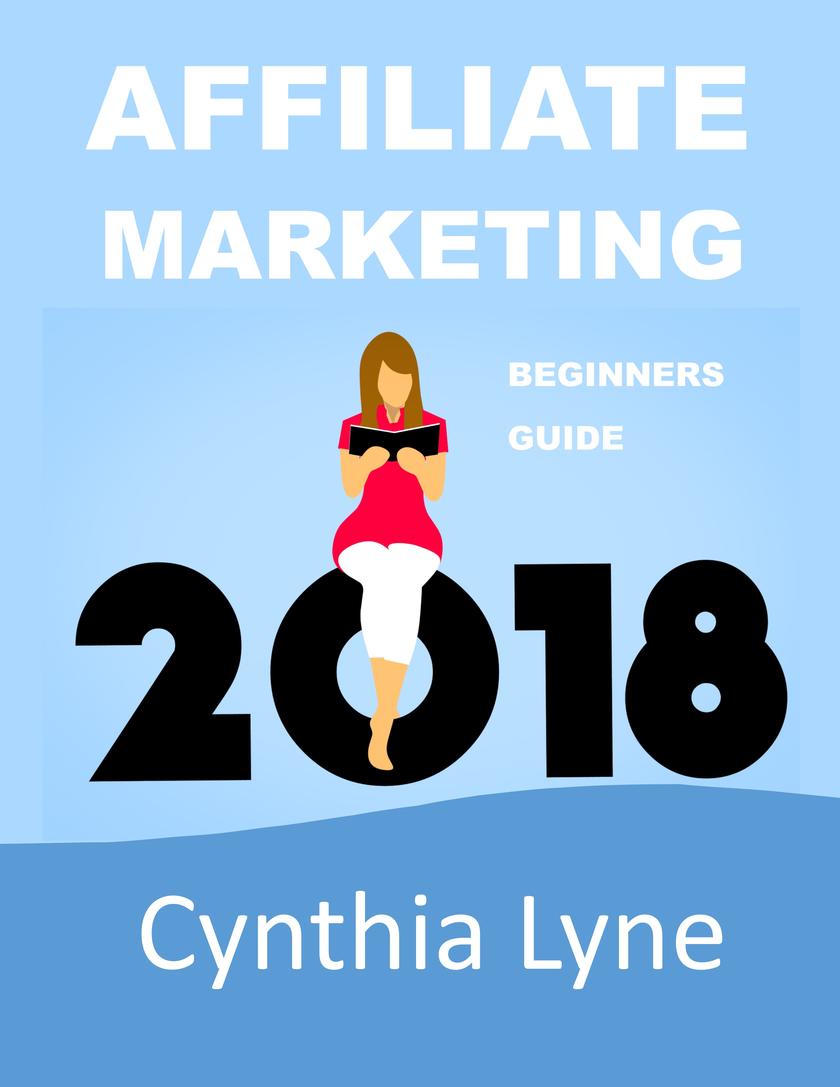
Affiliate Marketing 2018: Beginners Guide Book to Making Money Online
¥24.44
Affiliate Marketing 2018: Beginners Guide Book to Making Money Online
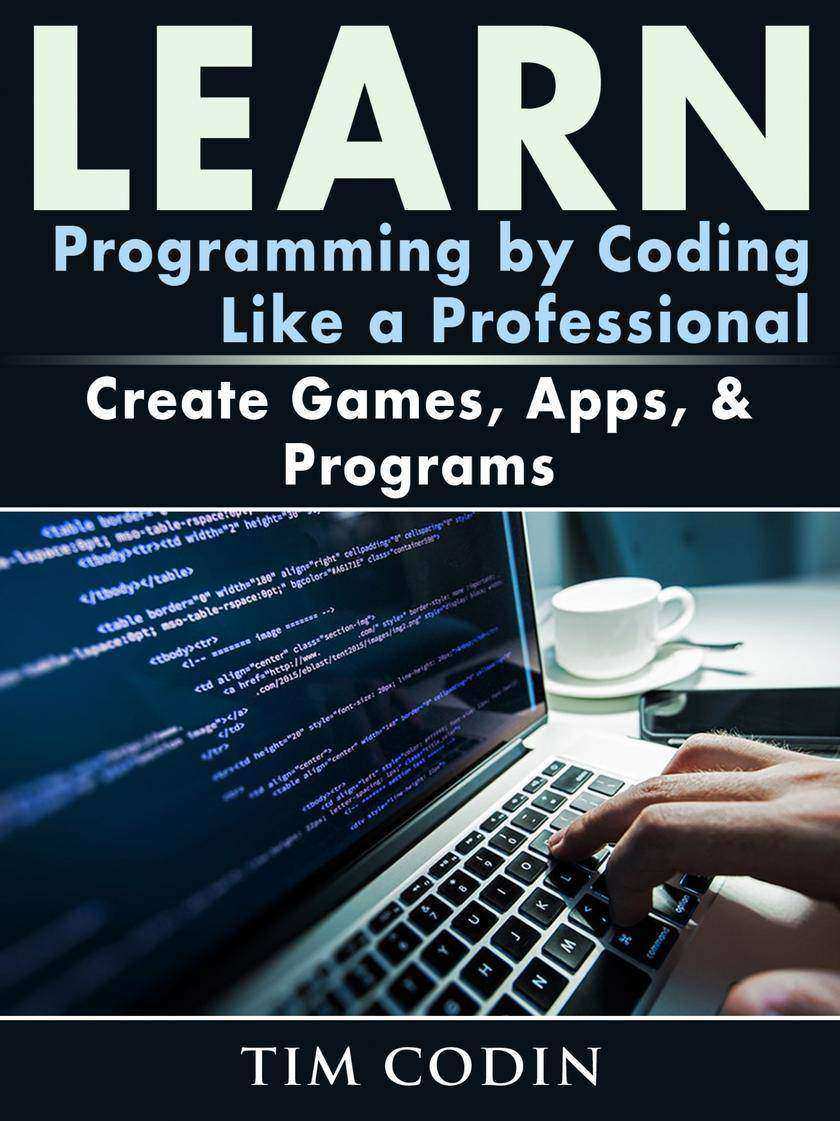
Learn Programming by Coding Like a Professional: Create Games, Apps, & Programs
¥40.79
Learn Programming by Coding Like a Professional: Create Games, Apps, & Programs
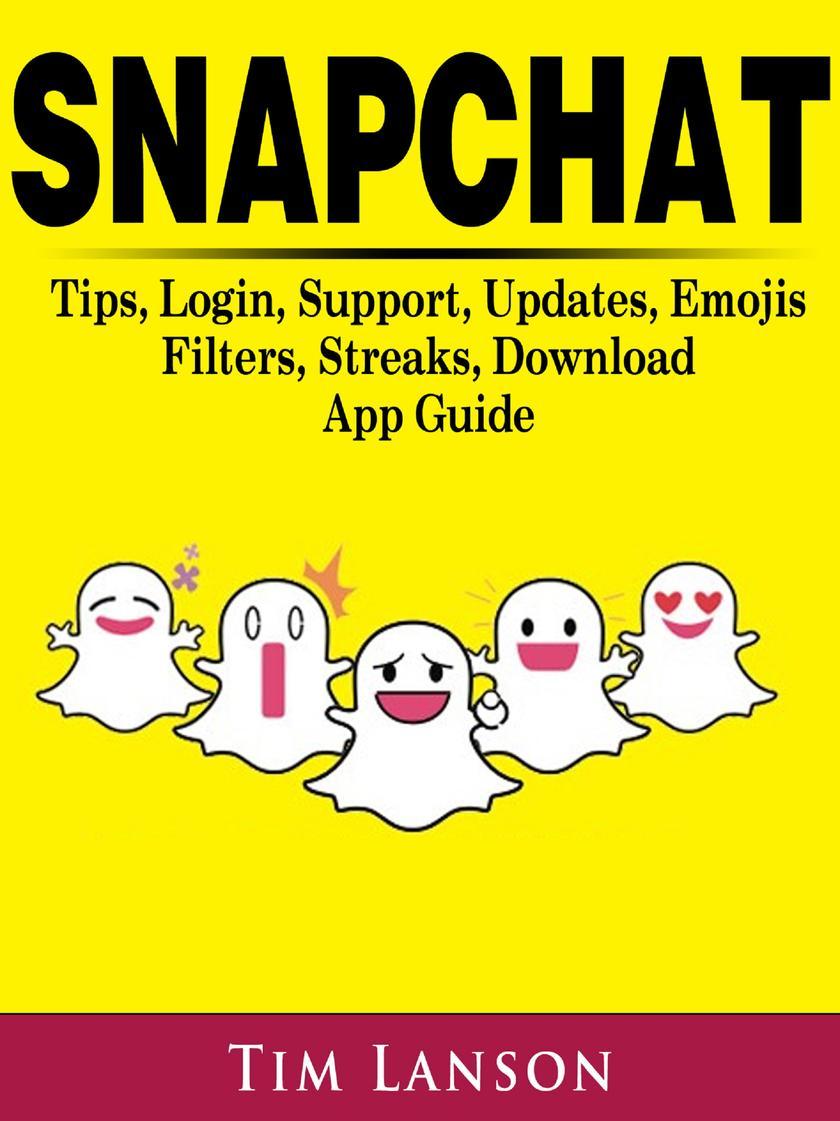
Snapchat Tips, Login, Support, Updates, Emojis, Filters, Streaks, Download App G
¥40.79
Snapchat Tips, Login, Support, Updates, Emojis, Filters, Streaks, Download App Guide
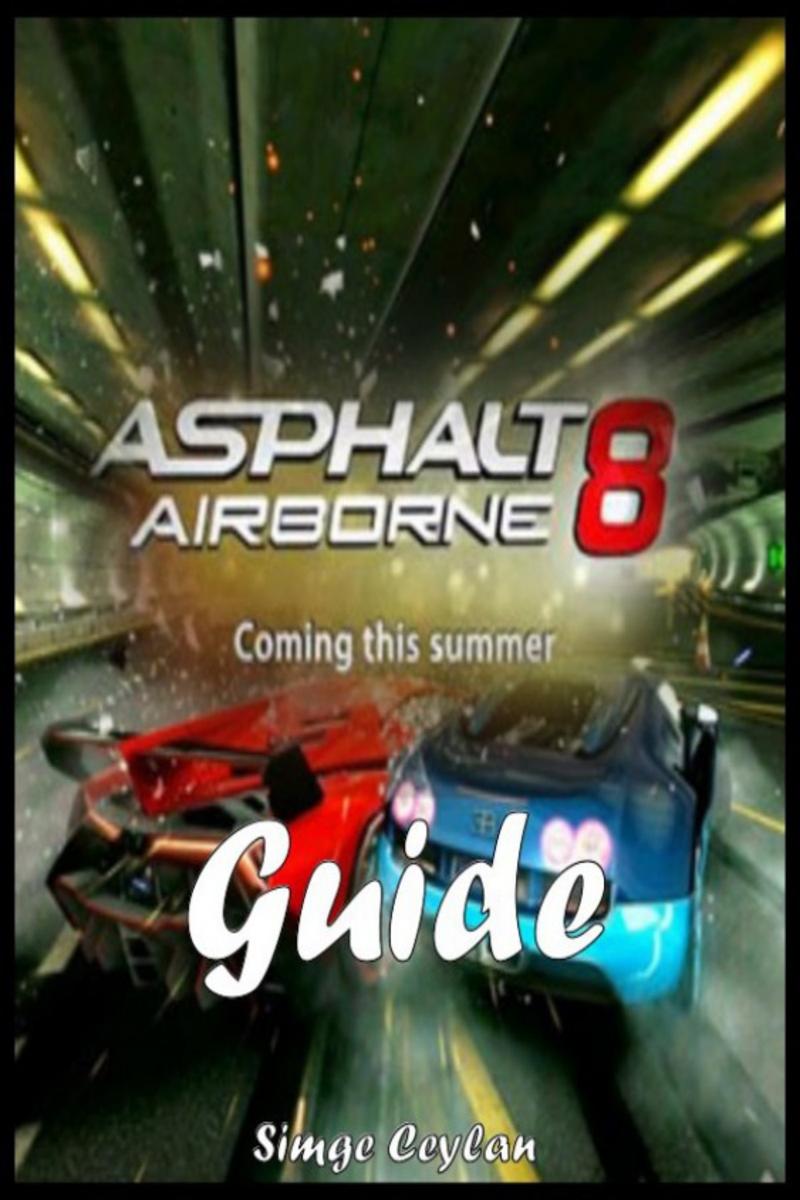
Asphalt 8: Airborne - Strategy Guide
¥5.15
Asphalt 8: Airborne - Strategy Guide
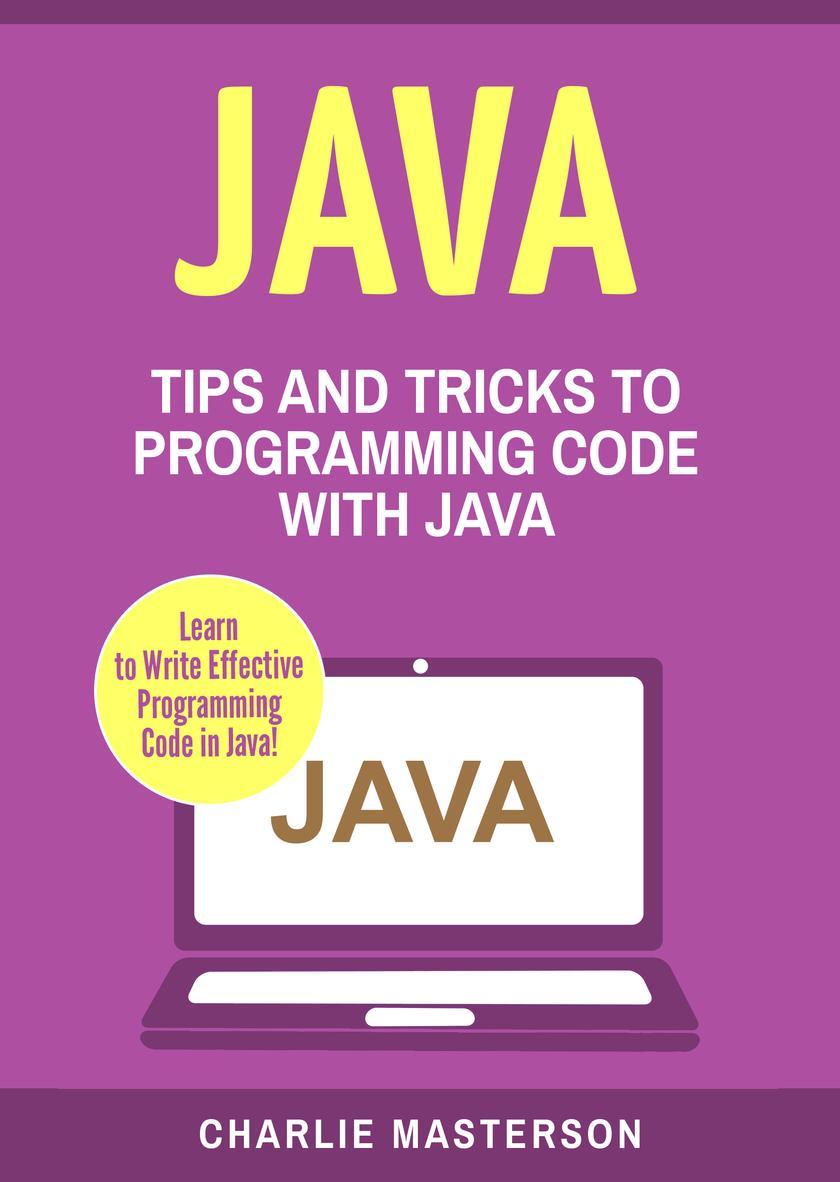
Java: Tips and Tricks to Programming Code with Java
¥24.44
Java: Tips and Tricks to Programming Code with Java




 购物车
购物车 个人中心
个人中心



